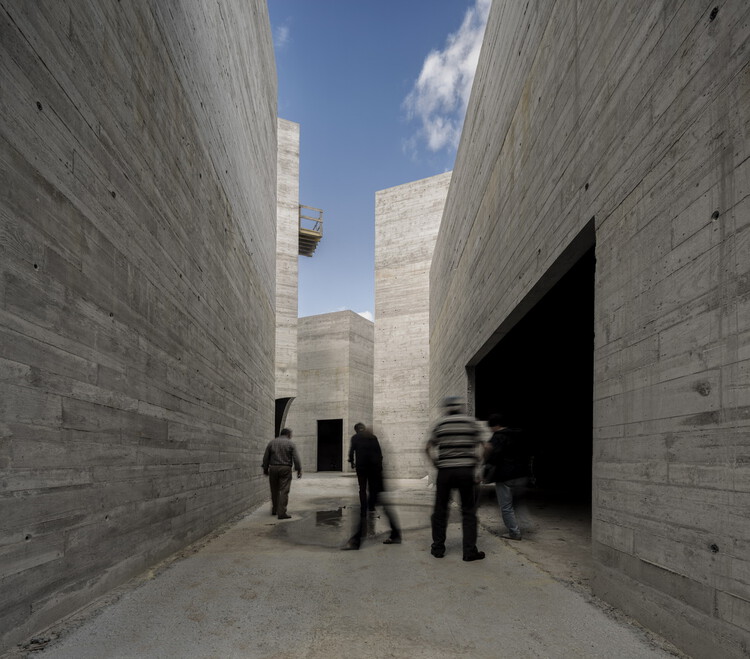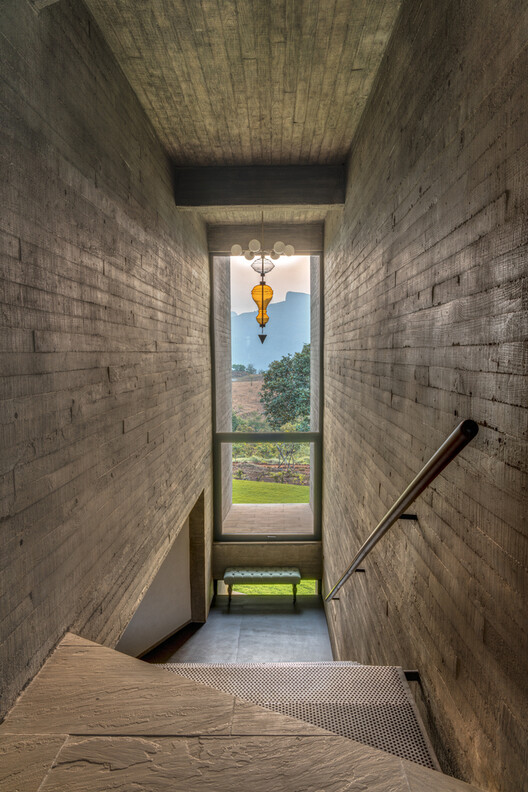
"If the cement industry were a country, it would be the third-largest emitter of carbon dioxide in the world, with about 2.8 billion tons, surpassed only by China and the United States." This statement in Lucy Rodgers' BBC report on the ecological footprint of concrete stands out as quite shocking. With more than 4 billion tonnes produced each year, cement accounts for around 8 percent of global CO2 emissions and is a key element in the production of concrete, the most manufactured product in the world. To give you an idea, about half a ton of concrete is produced per person in the world every year, enough to build 11,000 Empire State buildings. With these huge numbers, is there any way to reduce this impact?
To manufacture cement, limestone, clay, and sand are heated in extremely hot ovens, which reach 1,450°C. This forms the clinker, which is then mixed with gypsum and other additives such as pozzolan, limestone, and others. Cement corresponds to about 10% of the concrete mix. The other basic components are sand, gravel (coarse and fine aggregate) and water. In cement production, there are two main processes that result in carbon dioxide emissions. According to this article by Robbie M. Andrew, the first is the chemical reaction involved in producing the main cement component, clinker, as carbonates (mainly CaCO3, found in limestone) are broken down into oxides (mainly lime, CaO) and CO2 when heated. The second source of emissions is the use of fossil fuels to generate the significant energy needed to heat raw ingredients to well over 1,000°C. In other words, during concrete production, large amounts of fuel are consumed (generally from non-renewable sources such as petroleum coke, gasoline, or natural gas) and different pollutant gases are emitted, including carbon monoxide and dioxide. According to this study, “the calcination chemical reaction is responsible for approximately 52% of the CO2 emissions in the clinker manufacturing process, while energy consumption accounts for the rest. (...) Considering the energy consumption, for every 1,000 kg of clinker manufactured, an average of approximately 815 kg of CO2 is generated in the clinker manufacturing process.”









